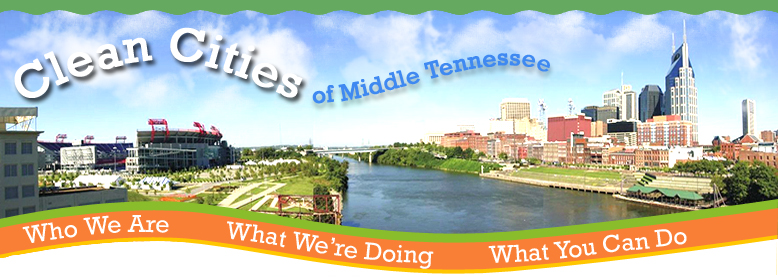|
Propane has one-third less reactive organic gases than gasoline, but a similar fuel range. Because propane can be stored as a liquid, a high amount of energy can be stored in a relatively small space. Propane has been used for over 60 years with an excellent safety record. It is a nontoxic fuel that vaporizes when released from pressurized conditions so it poses no risk to water or soil resources. It typically costs 5-30 percent less than gasoline. Public fueling stations are more common than any other alternative fuel. Filling time for vehicles is comparable with times for gasoline or diesel fuels. Ninety percent of the propane consumed in the United States is produced domestically. Propane vapors are 50% less reactive than gasoline vapors so they have lower smog-forming tendencies.
LPG reduces:
- Carbon dioxide by 11-13% compared to gasoline
- Nitrogen oxides by 15 - 80% compared to gasoline and 90 -99% compared to diesel
- Hydrocarbons by 20- 40% compared to gasoline
- Carbon monoxide by 30- 35% compared to gasoline
- Particulates by 80-95% compared to diesel
- Ultra fine particles by 99% compared to diesel
- Noise by 50% compared to diesel engines
|


